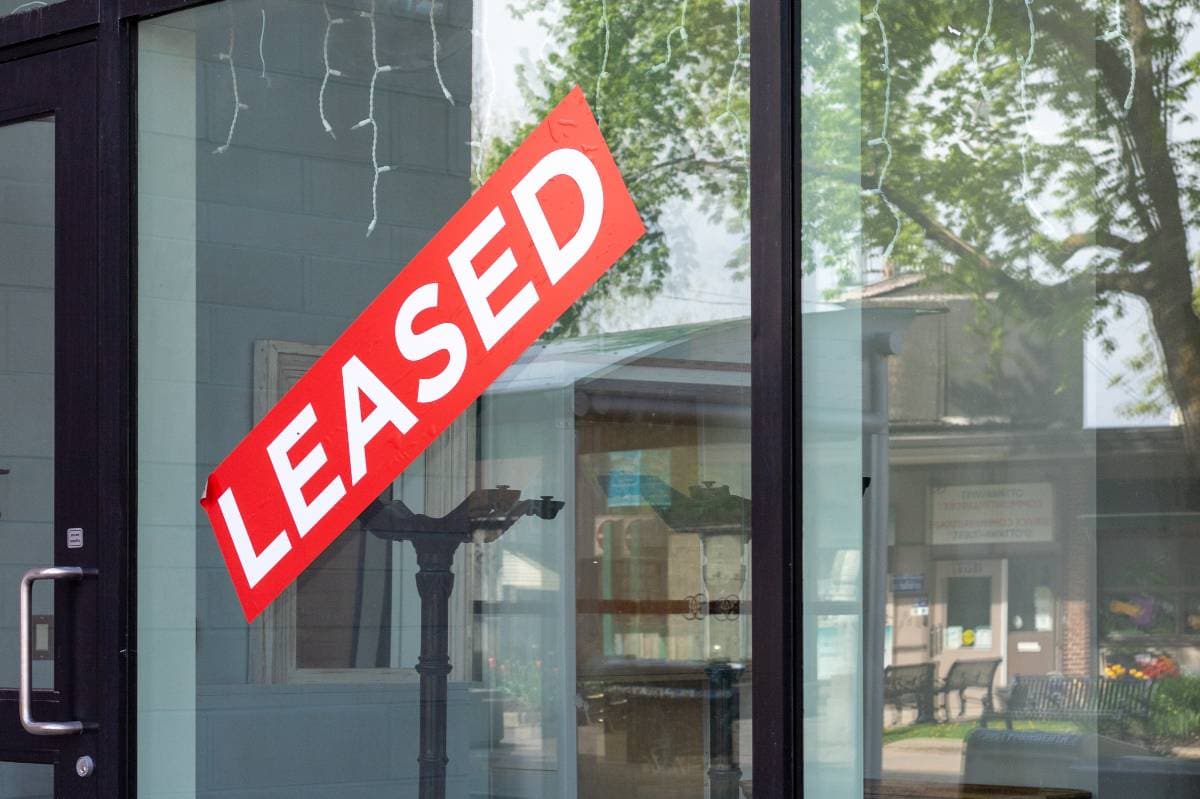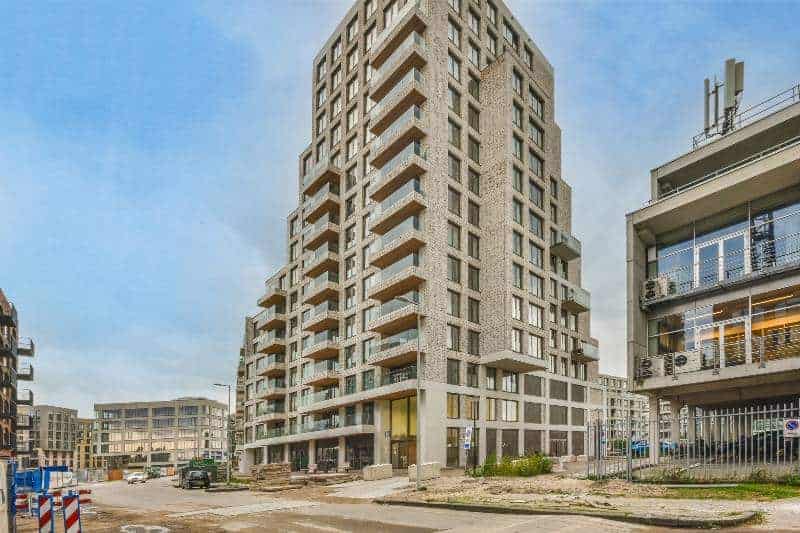As a professional with over 18 years in the industry, I’ve witnessed firsthand how dynamic lease pricing has transformed our market. Hi! I’m Mike, and today, I’m excited to share my insights on this revolutionary approach that’s reshaping how we value and lease commercial properties.
Key Takeaways
- Dynamic pricing in commercial real estate allows property owners to optimize rental rates based on real-time market conditions, potentially increasing revenue by 15-25%
- Integration of market analysis and technology enables data-driven decisions for more accurate and competitive lease pricing
- Tenant satisfaction and retention rates improve by 30% when implementing flexible, market-responsive pricing strategies
Market Analysis and Valuation Strategies
After 18 years, I’ve learned that effective market analysis forms the bedrock of successful dynamic pricing strategies. Let me share my approach to this crucial aspect of our industry.
Understanding The Market
When analyzing any commercial property, I start with the fundamentals. This isn’t just about looking at current market rates – it’s about understanding the entire ecosystem of factors that influence property value.
The industry has evolved significantly, particularly in how we gather and interpret market data. Thanks to modern technology, we now have access to real-time market insights that were unimaginable when I started this business.
Location Intelligence in Modern Markets
Location factors remain paramount, but our understanding of what makes a location valuable has become more sophisticated. Beyond the traditional “location, location, location” mantra, we now analyze micro-market dynamics with unprecedented precision.
In urban areas, we’re seeing interesting shifts in property values based on changing work patterns and urbanization trends. The multifamily sector’s recent 27% increase in delivered units demonstrates how demographic changes and urban migration patterns directly impact market dynamics.
Valuation in a Dynamic Market
Modern property valuation requires a more nuanced approach than ever before. I’ve found that successful pricing strategies must consider market demand for vacancies, economic indicators, competitor analysis, and infrastructure development.
We’re now seeing properties and landlords adapt their pricing models similar to how Airbnb adjusts rates based on market conditions. This dynamic approach allows for more accurate valuation that reflects real-time conditions.

ESG Integration and Value Impact
Environmental, Social, and Governance (ESG) factors have become increasingly crucial in property valuation. In my practice, I’ve observed how properties with strong sustainability features and certifications can command premium rates.
This isn’t just about being environmentally conscious – it’s about recognizing that modern tenants increasingly prioritize these features in their leasing decisions.
Technology-Enhanced Analysis
Just as platforms like Beyond have revolutionized short-term rental pricing through data analytics, commercial real estate is experiencing its own technological renaissance. We now use sophisticated tools to track market trends, analyze tenant behaviors, and predict future market movements to quickly adapt to them.
These insights allow us to adjust pricing strategies proactively rather than reactively. By leveraging both historical data and 2024 real-time market insights, we can make more informed decisions about pricing strategies.
Modern market analysis isn’t just about determining a fair rent price – it’s about understanding the complex interplay of factors that affect property value and tenant decisions. As someone who’s witnessed the evolution of our industry, I can say with confidence that this data-driven approach is transforming how we price commercial real estate today.
Lease Structure and Technology Integration
In today’s rapidly evolving commercial real estate landscape, the intersection of traditional lease structures and modern technology creates powerful opportunities for optimizing returns. After nearly two decades in this industry, I’ve witnessed firsthand how technology integration has revolutionized our approach to lease structuring and pricing strategies.
Modern Lease Structures
The days of one-size-fits-all lease terms are behind us. Today’s lease structures must be as dynamic as our pricing models. I’ve found that successful modern leases require a delicate balance between flexibility and stability.
We’re seeing a significant shift toward hybrid models that accommodate both traditional and emerging business needs. This adaptable approach to lease structuring has proven invaluable in retaining quality tenants while maintaining competitive market rates.
Technology-Driven Pricing Models
The integration of technology into pricing models has transformed how we value commercial space. Through advanced analytics and real-time market data, we can now adjust pricing strategies with unprecedented precision. I’ve seen properties benefit significantly from implementing dynamic pricing systems similar to what Airbnb uses in the short-term rental market.
These systems automatically adjust rates based on factors such as supply and demand, seasonality, and local market conditions. This technology-driven approach allows us to maximize revenue while maintaining competitive rates in the market.
Performance Monitoring
Success in dynamic pricing requires vigilant monitoring and strategic adjustments. I’ve developed a comprehensive approach that includes regular real estate market analysis, tenant feedback integration, and continuous performance optimization.
This isn’t about making constant changes; it’s about having the right data to make informed decisions at the right time. By analyzing market trends and tenant behavior patterns, we can stay ahead of market shifts while maintaining stable, profitable relationships with our tenants.

Future-Proofing Your Lease Structure
Looking ahead, it’s crucial to structure leases that can adapt to future market situations and technological advancements. I always advise my clients to incorporate provisions for future technology implementations, sustainability metrics, and evolving work patterns. In light of recent urbanization trends, particularly in the multifamily sector which saw a 27% increase in delivered units over the past year, it’s clear that adaptable lease structures are more important than ever.
I’ve learned that the key to successful lease structure and technology integration lies in finding the right balance between innovation and stability. It’s not about implementing every new technology that comes along; it’s about choosing the right tools that enhance your property’s value while improving the tenant experience.
Just as platforms like Beyond have revolutionized short-term rental pricing by connecting with marketplace platforms and automating price adjustments, we’re seeing similar transformative effects in commercial real estate through specialized SaaS tools designed for our sector.
Risk Management and Implementation
In my years managing commercial properties, I’ve learned that balancing risk and reward is essential for successful dynamic pricing. Let me share how I approach this critical aspect.
Core Risk Management Strategies
Understanding and managing various risk categories is fundamental to protecting your investment while maximizing returns. Here’s how I break this down for my clients:
| Risk Category | Key Considerations | Mitigation Strategies |
|---|---|---|
| Market Risk | • Economic fluctuations • Competitor pricing • Demand changes | • Regular market monitoring • Flexible pricing adjustments • Diversified tenant mix |
| Tenant Risk | • Credit quality • Default potential • Industry concentration | • Thorough tenant screening • Security deposit optimization • Industry diversification |
| Operational Risk | • System failures • Data Accuracy • Staff training | • Backup systems • Data validation protocols • Ongoing training programs |
The key to managing these risks lies in proactive monitoring and quick response times. Just as Airbnb adjusts its pricing based real-time, we need to be equally adaptable in commercial real estate.
Implementation Framework
The success of any dynamic pricing strategy depends heavily on proper implementation. Here’s the framework I’ve developed over years of practice:
| Phase | Activities | Timeline | Key Metrics |
|---|---|---|---|
| Planning | • Market assessment • Technology selection • Team training | 1-2 months | • Readiness assessment • Staff competency • System compatibility |
| Launch | • System Deployment • Initial pricing adjustments • Tenant communication | 2-3 months | • System uptime • Pricing Accuracy • Tenant feedback |
| Optimization | • Performance monitoring • Strategy refinement • Market adaptation | Ongoing | • Occupancy rates • Revenue growth • Tenant satisfaction |
This structured approach ensures we don’t miss critical steps during implementation. I’ve seen how proper planning can make the difference between success and failure in dynamic pricing adoption.
Success Indicators
Measuring success in dynamic pricing isn’t just about the bottom line. Here are the key metrics I track:
| Metric Type | Key Performance Indicators | Target Goals |
|---|---|---|
| Financial | • Revenue per square foot • Occupancy rates • Operating costs | • Market-competitive rates • Optimal occupancy • Cost optimization |
| Operational | • Response time • System reliability • Data Accuracy | • Same-day responses • Consistent uptime • High data integrity |
| Tenant Satisfaction | • Renewal rates • Feedback scores • Referral rates | • Strong retention • Positive feedback • Active referrals |
These indicators help us stay on track and make necessary adjustments to our strategy. Much like how Beyond helps short-term rental managers optimize their revenue, these metrics guide our decision-making process.
I’ve found that successful implementation of dynamic pricing requires a delicate balance between technology adoption and maintaining strong tenant relationships. By following these frameworks and consistently monitoring our progress, we can achieve optimal results while minimizing risks.
FAQs
How much can dynamic pricing increase property revenue?
In my experience, properly implemented dynamic pricing can increase revenue by 15-25% within the first year.
What technology investments are needed?
Start with a good CRM and pricing analytics platform. Budget around $10,000-15,000 for initial setup.
How often should prices be adjusted?
I recommend monthly reviews with the capability for real-time adjustments based on market conditions.
What’s the impact on tenant satisfaction?
When properly communicated, dynamic pricing can actually increase tenant satisfaction by providing more flexible options.
How do you handle long-term leases with dynamic pricing?
Include clearly defined adjustment parameters and market-based escalation clauses in lease agreements.
Conclusion
Dynamic commercial lease pricing isn’t just the future – it’s the present. As someone who’s implemented these strategies across numerous properties, I can attest to their effectiveness in maximizing both property value and tenant satisfaction.
Let’s discuss how dynamic pricing can transform your commercial real estate portfolio. Schedule a consultation with me to analyze your current pricing strategy, identify optimization opportunities, and develop a personalized implementation plan for your commercial property.




